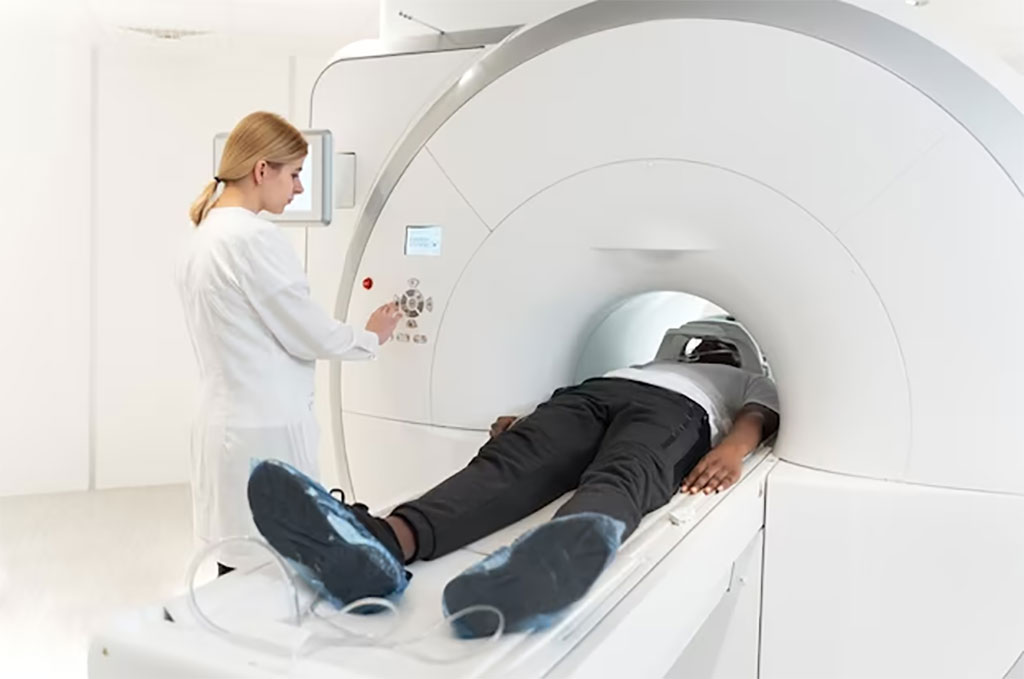Preoperative Prostate MRI Findings Predict Prostate Cancer Recurrence at Rates Similar to Pathology
Posted on 19 Jul 2023
Most clinical models currently used to predict biochemical recurrence (BCR) after radical prostatectomy (RP) rely on staging information from RP specimens, leaving a gap in pre-operative risk evaluation. Now, a new study has found that preoperative prostate MRI exams could offer additional value in predicting BCR of prostate cancer, often showing similar performance to post-surgical pathologic staging.
In the study, researchers at the National Cancer Institute (NCI, Bethesda, MD, USA) investigated the comparative utility of pre-surgical MRI staging information and post-surgical RP pathology staging information in predicting cancer recurrence. The study encompassed 604 prostate cancer patients who underwent both preoperative MRI and postoperative pathology. A genitourinary radiologist retrospectively analyzed the cases of patients who had undergone prostate MRI prior to RP between June 2007 and December 2018. The analysis specifically focused on extraprostatic extension (EPE) and seminal vesicle invasion (SVI) findings from the exams, which were then compared with outcomes to comprehend their potential relation to BCR.

The study found that BCR-free survival rates were similar using each staging method, suggesting a potential improvement in preoperative assessments for prostate cancer patients. When compared with the patients' postoperative pathology results, the detection and/or lack of both EPE and SVI on imaging offered comparable value in predicting cancer recurrence, with just a few percentage points difference in multiple metrics. Currently, BCR prediction predominantly depends on postoperative RP specimen results. However, given the similar accuracy between pathology results and preoperative imaging, MRI could play a more significant role in future risk assessments, according to the researchers.
“MRI staging can preoperatively identify patients at high BCR risk, helping to inform early clinical decision making,” said corresponding author Baris Turkbey, MD, with the Molecular Imaging Branch of the National Cancer Institute.
Related Links:
NCI




 Guided Devices.jpg)









